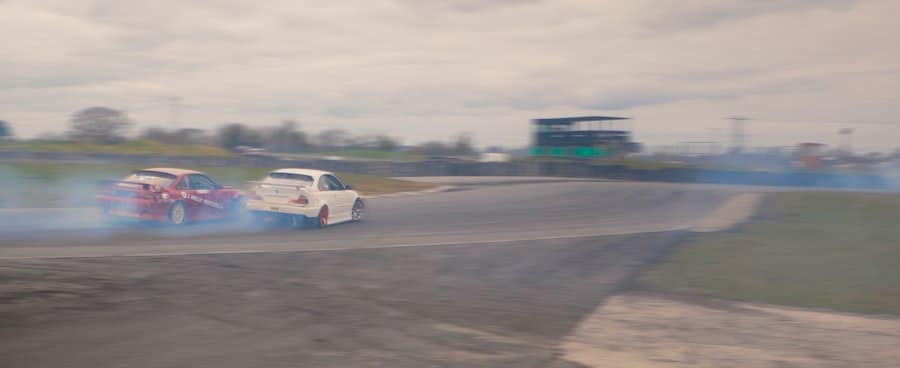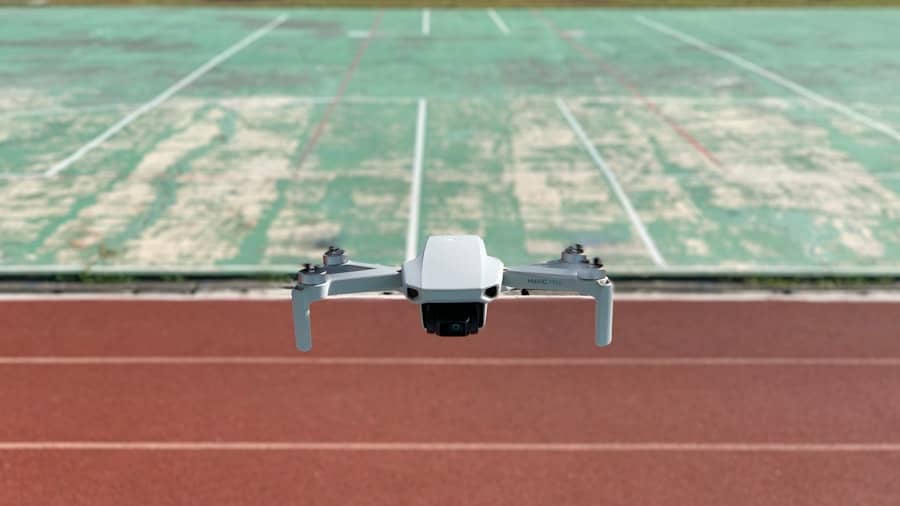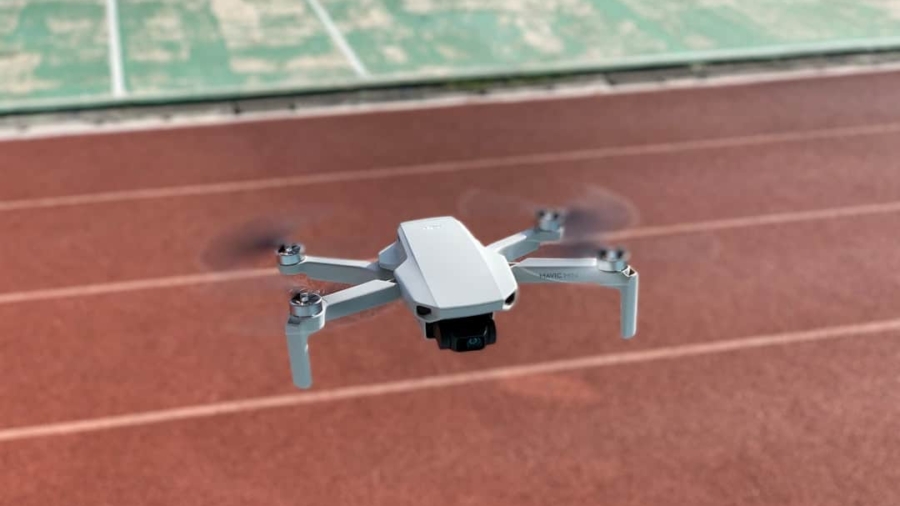Drone racing has emerged as a captivating sport that combines cutting-edge technology with the thrill of competition. Over the past decade, the popularity of this high-speed spectacle has surged, drawing in enthusiasts from various backgrounds, including technology aficionados, gamers, and traditional sports fans. The genesis of drone racing can be traced back to the early 2010s when hobbyists began to modify quadcopters for speed and agility, leading to informal races in parks and open fields.
As these gatherings grew in size and complexity, the concept of organized drone racing began to take shape, culminating in the establishment of formal leagues and competitions. The first major event that put drone racing on the map was the 2014 Drone Racing Championships, which showcased the potential of this new sport. With pilots navigating their drones through intricate courses at breakneck speeds, spectators were captivated by the combination of skill and technology.
The introduction of first-person view (FPV) systems allowed pilots to experience the race from the drone’s perspective, adding an immersive element that further enhanced the excitement. As media coverage increased and sponsorships began to flow in, drone racing quickly transitioned from a niche hobby to a burgeoning sport with a dedicated following.
Key Takeaways
- Drone racing has seen a significant rise in popularity, attracting both participants and spectators.
- The technology behind drone racing involves advanced equipment and software, allowing for high-speed and precision control.
- The thrill of drone racing comes from the immersive first-person view and the adrenaline rush of high-speed maneuvers.
- The competitive scene in drone racing is intense, with skilled pilots competing in races and freestyle events.
- Drone racing is becoming increasingly professionalized, with sponsorships, professional leagues, and large cash prizes.
The Technology Behind Drone Racing
At the heart of drone racing lies an intricate interplay of advanced technology and engineering. Racing drones are typically built for speed and agility, featuring lightweight frames made from carbon fiber or other durable materials. These drones are equipped with powerful brushless motors that provide rapid acceleration and high top speeds, often exceeding 100 miles per hour.
The choice of components is critical; pilots meticulously select their motors, propellers, and electronic speed controllers (ESCs) to optimize performance for specific racing conditions. In addition to hardware, software plays a pivotal role in drone racing. Pilots utilize sophisticated flight controllers that allow for precise maneuverability and stability during high-speed flights.
These controllers are often programmable, enabling pilots to fine-tune their drones’ responses to inputs for maximum control. Furthermore, the integration of FPV technology has revolutionized the sport. Pilots don goggles that provide a live video feed from a camera mounted on their drones, allowing them to navigate courses as if they were onboard.
This immersive experience not only enhances the thrill for pilots but also captivates audiences watching from the ground or online.
The Thrill of Drone Racing

The adrenaline rush associated with drone racing is unparalleled, as pilots navigate through challenging courses filled with obstacles and tight turns at astonishing speeds. The combination of skill, precision, and quick reflexes required to pilot a racing drone creates an exhilarating experience for both participants and spectators alike. Each race is a test of not only technical prowess but also mental acuity, as pilots must make split-second decisions while maintaining control over their machines.
The thrill is amplified by the competitive nature of the sport. Pilots often face off against one another in head-to-head races, where every millisecond counts. The sound of whirring propellers fills the air as drones zip past each other, creating an atmosphere charged with excitement.
Spectators are drawn into the action as they watch drones weave through gates, fly under bridges, and navigate tight corners, all while competing for the fastest time. The visual spectacle of brightly colored drones darting through complex courses adds to the overall excitement, making drone racing a feast for the senses.
The Competitive Scene in Drone Racing
The competitive landscape of drone racing has evolved significantly since its inception. Various leagues and organizations have emerged, each hosting events that attract top pilots from around the world. The Drone Racing League (DRL) is one of the most prominent organizations in this space, known for its high-stakes competitions and innovative course designs.
DRL events are broadcast on major networks and streaming platforms, showcasing the sport to a wider audience and elevating its status within the realm of competitive sports. In addition to DRL, numerous regional leagues and grassroots competitions contribute to the vibrant competitive scene. Local clubs often organize races that allow novice pilots to gain experience and hone their skills.
These events foster a sense of community among participants and provide a platform for aspiring racers to showcase their talents. As the sport continues to grow, more opportunities for competition arise, leading to an increasingly diverse field of pilots with varying levels of expertise.
The Professionalization of Drone Racing
As drone racing gains traction as a legitimate sport, efforts toward professionalization have intensified. This includes establishing standardized rules and regulations governing competitions to ensure fairness and safety for all participants. Organizations like the International Drone Racing Association (IDRA) work diligently to create guidelines that promote consistency across events while also addressing safety concerns related to high-speed racing.
Sponsorships have become a crucial aspect of this professionalization process. Major brands are beginning to recognize the potential of drone racing as a marketing platform, leading to lucrative partnerships that provide financial support for teams and events. This influx of sponsorship money not only enhances the quality of competitions but also allows pilots to pursue their passion full-time.
As more individuals transition from hobbyists to professional racers, the sport’s credibility continues to grow, attracting further investment and interest from both fans and sponsors alike.
The Global Appeal of Drone Racing

Drone racing’s appeal transcends geographical boundaries, drawing participants and fans from around the globe. Countries such as the United States, China, and Australia have established themselves as powerhouses in the sport, producing some of the world’s top pilots. International competitions often feature participants from diverse backgrounds, showcasing a rich tapestry of talent and skill that reflects the global nature of this emerging sport.
The accessibility of drone technology has played a significant role in fostering this global appeal. With advancements in manufacturing processes and decreasing costs for high-quality components, aspiring pilots can build competitive racing drones without breaking the bank. Online communities and forums provide valuable resources for newcomers seeking guidance on building and flying drones, further democratizing access to the sport.
As more individuals engage with drone racing worldwide, its cultural significance continues to expand, creating a shared passion that unites enthusiasts across continents.
The Future of Drone Racing as a Professional Sport
Looking ahead, the future of drone racing as a professional sport appears promising. With increasing media coverage and growing interest from sponsors, there is potential for drone racing to carve out a permanent niche within the sports landscape. As technology continues to advance, we can expect even more thrilling developments in drone design and performance capabilities, pushing the boundaries of what is possible in competitive racing.
Moreover, as virtual reality (VR) and augmented reality (AR) technologies evolve, they may further enhance the spectator experience by providing immersive viewing options that allow fans to feel as though they are part of the action. This could lead to new formats for competitions that blend physical racing with virtual elements, appealing to a broader audience while maintaining the core excitement that defines drone racing.
The Impact of Drone Racing on the Sports Industry
The rise of drone racing has had a notable impact on the broader sports industry by introducing innovative concepts related to competition and engagement. As traditional sports face challenges in attracting younger audiences, drone racing offers a fresh alternative that resonates with tech-savvy fans who appreciate speed and precision. The integration of live streaming platforms has also transformed how audiences consume sports content, allowing fans to engage with races in real-time from anywhere in the world.
Furthermore, drone racing has sparked interest in related fields such as robotics and engineering among younger generations. Educational programs focused on STEM (science, technology, engineering, and mathematics) have begun incorporating drone technology into their curricula, inspiring students to explore careers in these areas while fostering a new generation of innovators. As drone racing continues to evolve and gain recognition as a legitimate sport, its influence on both entertainment and education will likely expand, shaping future trends within the sports industry as a whole.
Drone racing is rapidly gaining traction as a professional sport, captivating audiences with its high-speed thrills and technological innovation.
For instance, understanding the top trends in digital marketing for 2023 can provide valuable insights into how drone racing leagues and events might leverage digital platforms to enhance their reach and engagement with fans. By integrating cutting-edge marketing strategies, drone racing can further solidify its position in the competitive world of professional sports.
FAQs
What is drone racing?
Drone racing is a sport where participants control small, agile drones through a designated racecourse, typically using first-person view (FPV) goggles to see through the drone’s camera.
How does drone racing work?
Drone racing involves pilots navigating their drones through a series of obstacles, such as hoops, gates, and flags, in a race against other pilots. The drones are equipped with cameras that provide a live feed to the pilot’s FPV goggles, allowing them to see and control the drone as if they were inside it.
Why is drone racing emerging as a professional sport?
Drone racing is emerging as a professional sport due to its growing popularity, technological advancements in drone technology, and the potential for exciting and visually captivating competitions. Additionally, the accessibility of drone racing for both participants and spectators has contributed to its rise as a professional sport.
What are the key components of drone racing?
The key components of drone racing include skilled pilots, high-performance racing drones, immersive FPV technology, challenging racecourses, and a supportive community of enthusiasts and spectators.
What are the benefits of drone racing as a professional sport?
Drone racing as a professional sport offers opportunities for competition, skill development, technological innovation, and entertainment. It also has the potential to attract a wide audience and create economic opportunities within the industry.

